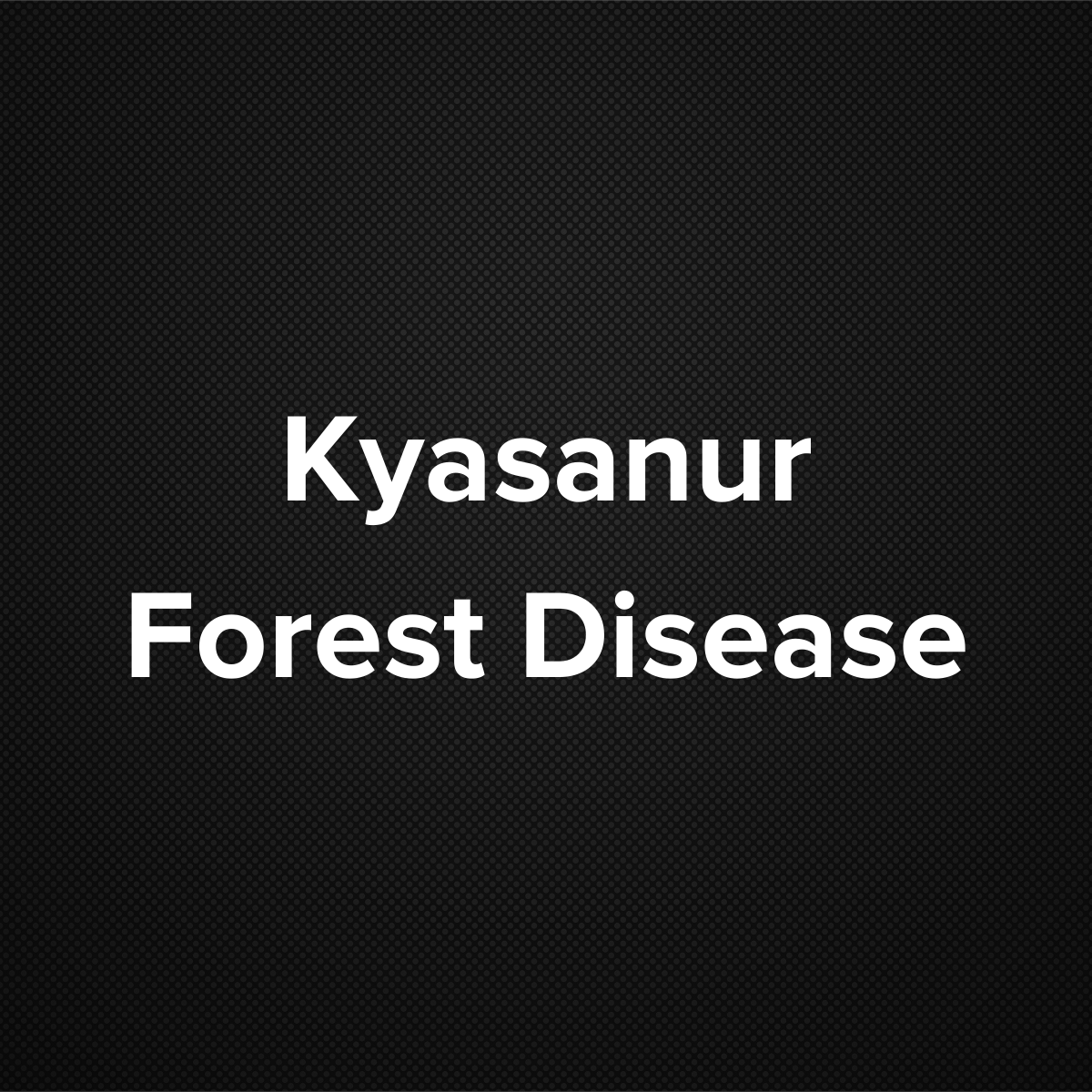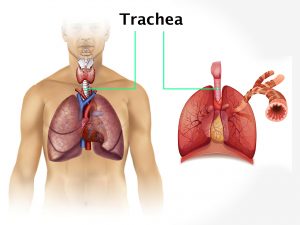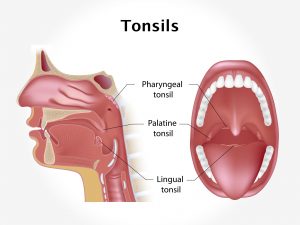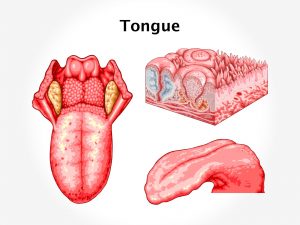Causes and risk factors
Kyasanur Forest disease virus [KFDV] is the causative organism. The virus is transmitted to the ticks and in turn to some animals such as monkeys, rodents, shrews when the ticks bite them. Transmission to humans occur after a tick bite or after contact with the infected animal. People at risk include hunters, farmers, and forest workers. Dry season is one more risk factor for the disease to occur.
Clinical presentation
Patient with KFDV presents with symptoms such as fever with chills, headache, and muscle pain. There are gastrointestinal complaints such as nausea, vomiting. Bleeding problems may occur. There may be drop in blood pressure. The disease being biphasic in nature, the second episode of symptom after remission occurs causing severe symptoms like fever with neurological signs such as severe headache, mental disturbances, visual impairment, and tremors, etc.
Investigation
Medical history by the patient and clinical examination by the doctor helps in diagnosis. Blood test to isolate the virus, PCR test is recommended. ELISA test is done.
Treatment
No specific treatment is available for patients with KFD. Supportive care is given such as hospitalization and maintenance of hydration to prevent further infection. Preventive measures like protective clothing, tick control, and repellants are advised. Attenuated live vaccines are available in endemic areas of India.
Other Modes of treatment
The other modes of treatment can also be effective in treating KFD. Homoeopathy is a science which deals with individualization and considers a person in a holistic way. This science can be helpful in combating the symptoms. Similarly, the ayurvedic system of medicine which uses herbal medicines and synthetic derivates are also found to be effective in treating KFD.
Facts and figures
Estimated case fatality rate is 3 to 5%.






























